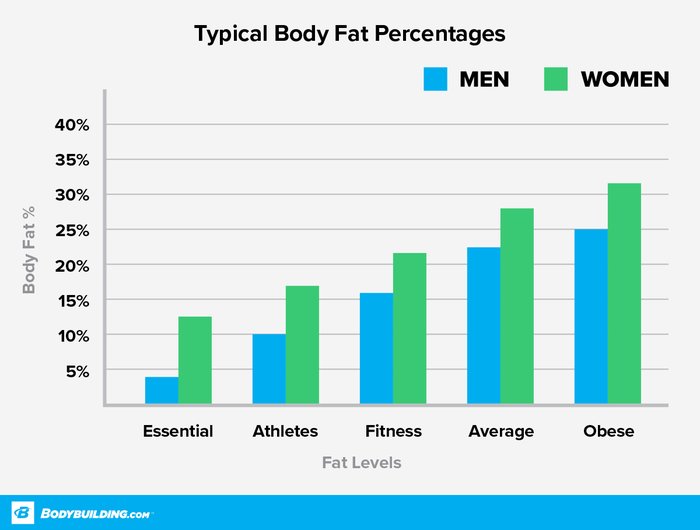Products You May Like
Q: How do I go from lean to ripped—and should I even try?
When most people think of being “shredded” or “ripped,” they envision a physique resembling a superhero’s in a comic book. They also think, “How does someone look like that and be healthy? And is that really healthy?”
Ex pro bodybuilder Ronnie Coleman, who won the Mr. Olympia contest eight years in a row (1998-2005), mentioned several months ago on Joe Rogan’s podcast that he stood on the Olympia stage at 0.33 percent body fat. That’s probably an exaggeration; it’s doubtful someone could even be alive at 0.33. The male body needs 2-5 percent body fat just to perform some very basic survival functions. For women, the range is higher.
The body can’t go to zero percent body fat because some fat, deemed essential fat, is stored in bone marrow, organs, and muscles. You can’t do without this fat because it helps regulate body temperature, insulates your organs and tissues, help absorb vitamins, and provides energy. For women, essential fat also helps support reproductive functions, which is one reason they need to have more body fat than men.
I define “ripped” as someone who is ready to step on a physique stage—whether or not they plan to—which means their body contains essential fat, but not much fat beyond that. The chart below indicates the essential fat levels for men and women, as well as typical body fat percentages for athletes, fitness enthusiasts, average persons, and obese people.

The next-lowest group, body-fat wise, are highly conditioned competitive athletes. To go from this range (6-13 percent for men, 14-20 percent for women) down to the competitive bodybuilder or fitness athlete range requires the body entering an extreme catabolic state. That will most likely involve adhering to an extremely low-calorie diet while simultaneously doing more than an hour a day of cardio. How stingy on the calories? Pretty stingy. Depending on how much a person weighs, 1,500-1,600 calories a day for men and 1,200-1,400 for women.
The goal is to put the body in an extreme caloric deficit to burn the last vestiges of body fat. Inevitably, some lean mass, meaning muscle, will be lost during this process. How can someone possibly maintain muscle mass while consuming fewer calories than necessary to maintain body weight?
Simply put, the process of getting shredded is too extreme to be worth it for most people in most situations. I’m an exception. I’m a fitness cover model. Getting ripped to the bone sometimes is part of my job. It’s probably not part of yours.
Here are just some of the negative effects of body fat being that low:
- Low energy
- Lower testosterone, which results in a low sperm count
- Constant hunger from not eating enough food
- The shivers all the time; fat helps keep the body insulated and warm
- Severe mood swings; not having enough fatty acids can make you irritable

Being shredded may look amazing, but I can tell you from personal experience you won’t feel amazing on the inside. In fact, you’ll probably feel like garbage most of the time.
Strive to find a balance of being fit and being healthy—and that healthy balance is definitely not in the shredded zone. Looking athletic and fit with healthy body-fat levels is more of an attainable and realistic goal.
Transform your body online with Obi Obadike’s Perfect Anatomy Online Coaching/Training Program.
